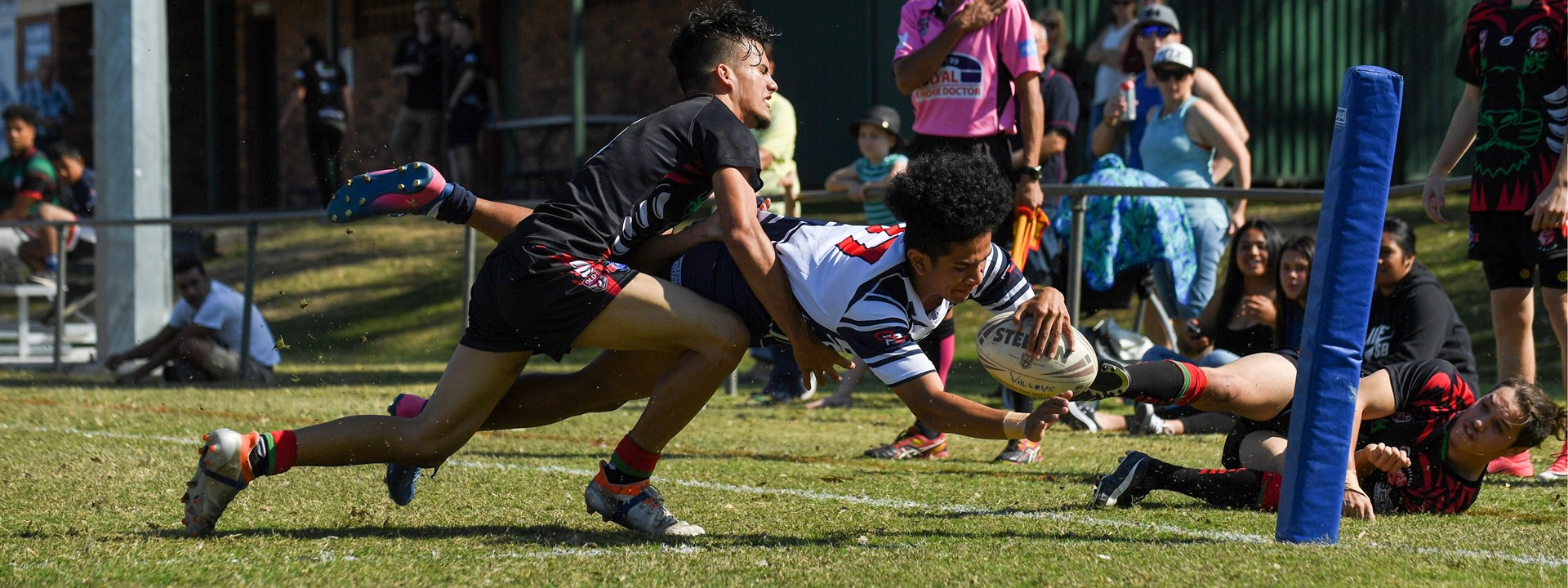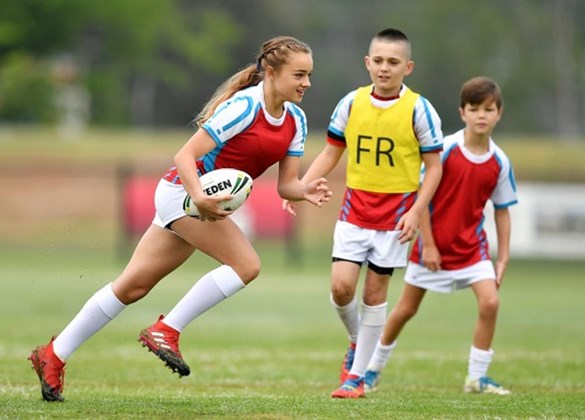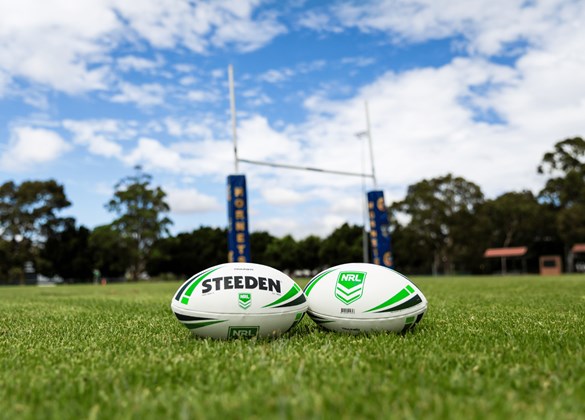
Community League Interpretations
Player Development Framework
What are the Community League Interpretations?
The Community League interpretations were developed to emphasise safety and good conduct within the game of Rugby League by creating the best possible on-field environment and actively encouraging the core values of Rugby League, and a healthy respect for all participants.
What do they achieve?
For Senior players, injury management is critical due to working arrangements, health insurance and other life commitments. Providing rules that will further enhance the playing environment for recreational and community level footballers will better manage injuries and actively promote prolonged, active participation and enjoyment.
Community League Interpretations Research
Community League Interpretations Research
Read through the research and trials that have led to the development of the Community League Interpretations.
Community League Interpretations in practice...
During the 2019 season, the Community League Interpretations were applied in the Pro Ten Community Cup of Country Rugby League Group 17. All 214 participants were provided the opportunity to comment on their experience with 20 surveys completed, representing a 9% return rate.
85%
Reported that their enjoyment of the CLI format met expectations (10%), occasionally exceeded expectations (10%) or exceeded expectations (65%).
50%
Reported that the CLI had influenced their decision to play Rugby League in 2019.
90%
Reported the CLI promoted socialisation and a sense of connection within the Rugby League Community.
Supporting Research
The adoption of the CLI for recreational and community level footballers aimed at easing the concerns that a number Senior players had in relation to injuries associated with participating. As Arias, Argudo and Alonso (2011) outlined, a change in game conditions and rules should protect athletes’ health and safety and observing the modifications quite strictly may contribute to a reduction in the frequency of injuries.
Through proactively seeking to enhance the overall safety of participants and having an environment that is less focussed on results and more so on the community element will promote sustained involvement in Rugby League. Usher (2017) discovered that the two major reasons for Senior footballers not to return to the game after playing in 2016 were injury/fear of injury and other commitments. These reasons made up a significant number, with a total of 49 percent of responses. Further support for the argument of introducing additional safety measures for community and recreational level Senior football competitions came from the same study, where qualitative data presented ‘injuries cause retirement’ as a response that occurred quite frequently.
Return to Framework
Find out more about the Player Development Framework (PDF).

